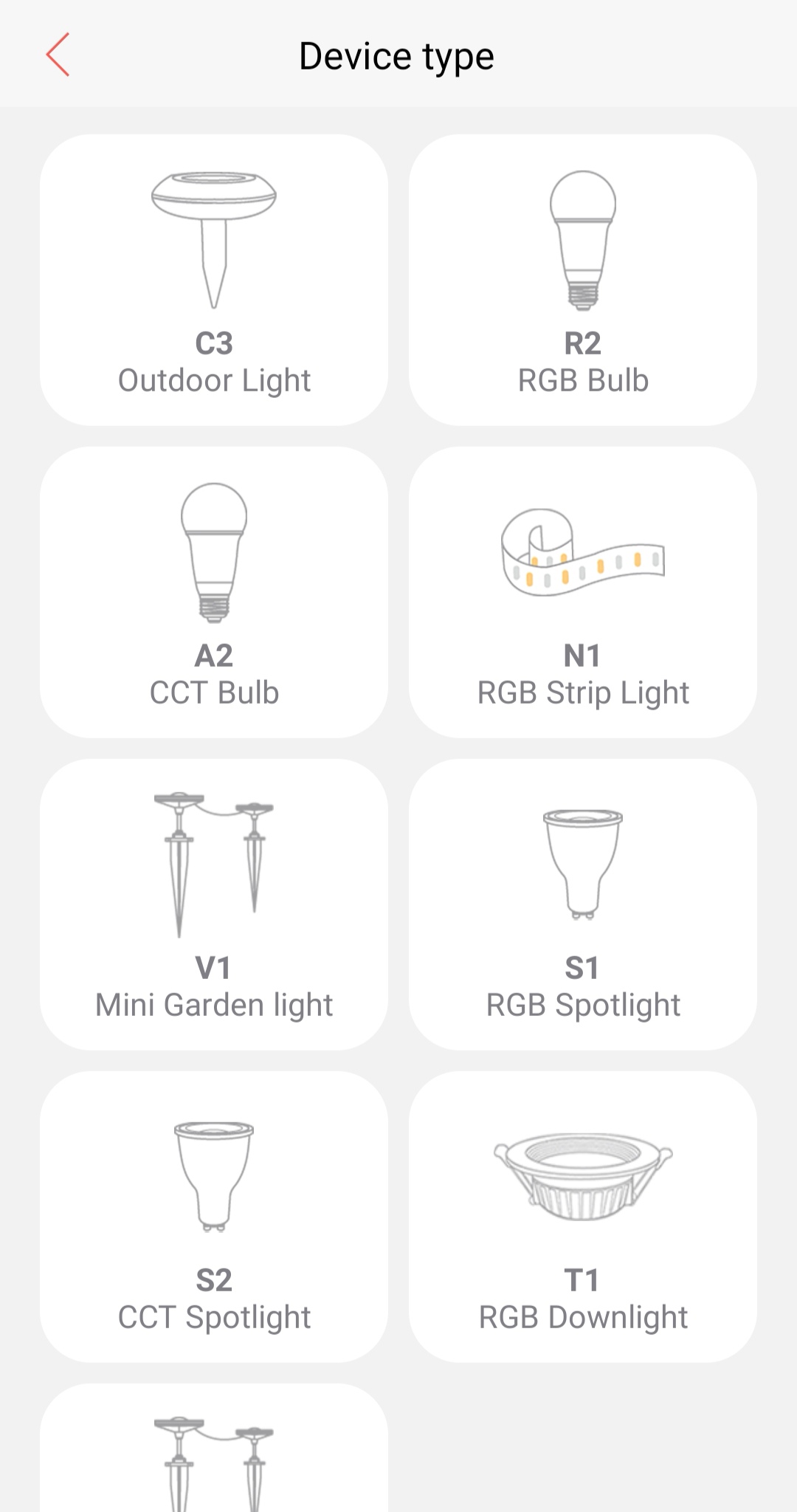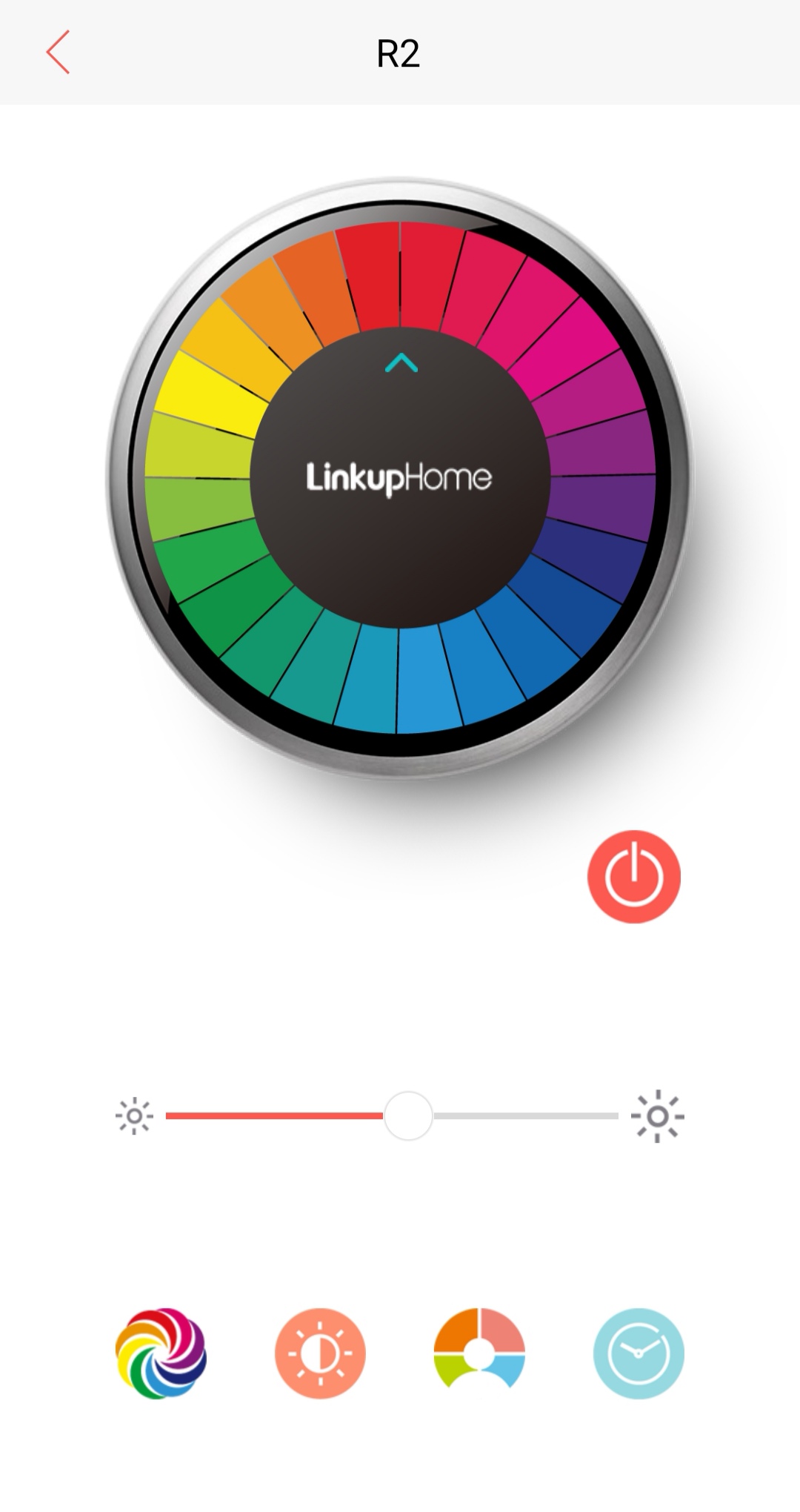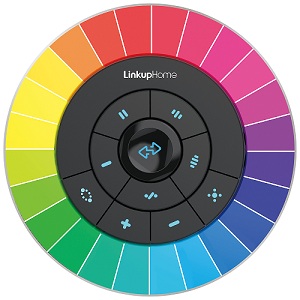Detailed explanation of the equalizer and exciter of the signal processing equipment of the mixer
Equalizers and exciters are devices used to compensate for sound quality. They make the sound more real, full, thick, round, bright, clear, beautiful and colorful. But the two are different in the content and working principle of compensation, and the compensation effect is also unique.
(1) The function of equalizer and exciter and the characteristics of compensating sound The sound quality evaluation is a subjective evaluation, which is the evaluation of the human ear on sound perception. There are four factors that affect sound quality: volume, tone, timbre and timbre.
· Volume: The volume varies from strong to weak, with a clear rhythm, which is related to the sound wave amplitude.
· Tone: The level of the tone is related to the main frequency structure. The high frequency tone is high and the low frequency tone is low.
· Tone color: Tone color is related to frequency components. The more frequency components, the richer the timbre. Conversely, the fewer the frequency components, the poorer the timbre.
· Tone quality: the quality of sound. It reflects the clarity, brightness, strength and fullness of the sound. Its essence is related to the proportional envelope of each frequency component in the transient state. This transient frequency component proportional envelope also involves the phase characteristics of each component.
1. The function of the equalizer and the characteristics of the compensated sound The equalizer compensates for the lack of the frequency response curve of the audio carrier or audio equipment (including the microphone) through the promotion and attenuation of each scale frequency point of the full frequency band, so that The frequency response curve of the audio is straight and the sound signal is not distorted. At the same time, in order to create the need for special processing of the original sound signal, highlighting its artistic infection country. During the attenuation of each frequency point, the relative volume of each frequency point changes, resulting in a change in the proportional envelope of the transient frequency component, that is, the timbre changes. If, during the attenuation process, a change in the proportion of the main frequency component structure (main frequency structure) is caused, that is, the peak of the envelope changes, the tone will change. Therefore, the equalizer mainly compensates for volume, tone and timbre.
2. The role of the exciter and the characteristics of the compensated sound The exciter extracts the high-frequency components in the original sound frequency through the side chain circuit and synchronizes with the harmonic generator to compensate for the frequency components lost in the original sound due to the poor frequency response of the device. The role of supplementing high frequency and overtone components. This compensation will make the sound more real, more expressive, clearer and more translucent. Compensation essentially supplements the frequency component of the original sound, that is, the timbre, making the timbre richer. In the process of supplementing the timbre, it may also cause changes in the sound frequency structure, resulting in changes in tone and timbre. However, because of the small amount of supplements, the impact is not too great.
(2) Comparison of working principles of equalizer and exciter
1. Equalizers Equalizers can be divided into graphic equalizers, room equalizers and parametric equalizers according to their uses. According to the way of signal processing, it can be divided into analog and digital. However, the working principle is basically the same, as shown in Figure 4-1.
In Figure 4-1, W is a push-pull potentiometer, which can change the amount of attenuation. R0 can change the quality factor of the series resonant circuit Q0
L and C constitute the resonance frequency of the series resonance circuit. Two C0 are used as negative feedback capacitors. When the push-pull key of the push-pull potentiometer W is pushed up, the f0 component in the output signal is short-circuited by LC and goes to ground via R0. The amount of feedback from the negative feedback of the f0 component to the input is reduced. After the op amp, the f0 component is improved. When the push-pull key is pulled down, the f0 component in the input signal is short-circuited by the LC and goes to the ground via R0. Relative to f0
The input impedance of is reduced. Obviously, after the operational amplifier, the f0 component is attenuated.
Different L and C, different R0, can make adjustment frequency band, center frequency, quality factor Q (bandwidth adjustment), attenuation amount and other equilibrium parameters different, play a regulating role. The graphic equalizer distributes the center frequency in the entire audio zone according to the octave scale. For example: use 1/3 octave scale frequency, starting from 20Hz, can be scaled into 31 frequency points in the entire audio zone: 20Hz; 25Hz; 31.5Hz; etc. It can also be scaled with 2-3 octave bands, starting at 31.5 Hz, and can be scaled to 15 frequency points in the audio zone. The promulgation of attenuation keys at these frequency points intuitively reflects the frequency response compensation. If there is a certain frequency component in the input signal, even at the non-scale frequency point in the audio zone, the attenuation can also be improved. However, if there is no certain frequency in the original input signal, using the attenuation key to increase attenuation will not produce compensation.
2. The working principle of the circuit of the exciter is shown in Figure 4-2. The input signal is divided into two channels: one is directly output through the R0 resistor; the other is the side chain circuit. Tuning and amplifying (600Hz ~ 4kHz) processing to extract the remaining high-frequency components in the original sound. After tuning and amplifying, the harmonic generator is de-synchronized, so that a large number of high-frequency components and overtone components from the harmonic generator are in phase and amplitude Related. For example, the tuning component is f or f ± Δf, which is the component in the original signal. The components output from the harmonic generator are f, 2f, 3f and f ± Δf, 2 (f ± Δf), 3 (f ± Δf) ... . The signal output by the harmonic generator is then adjusted by the mixing ratio and sent back to the original sound. At the same time, the bass dynamic processing is added to keep the bass of the low-frequency signal, and the bass flow is also controlled, so that the original sound is compensated in tone.
This kind of compensation is different from the equalizer. It can compensate the lost components in the original sound, but the amount of compensation is not large, generally about 1-2dB. Through compensation, the sound brightness, clarity, separation, loudness (the actual sound rate is not) are not increased, transparency and fullness are improved.
C) The connection of the equalizer and exciter in the sound reinforcement system and the connection of the exciter and equalizer in the sound reinforcement system are very flexible. The following examples illustrate:
(1) Connected in series to the main channel (left and right channels) of the mixer output â‘ Equalizer adjustment:
a. Use the push-pull keys to perform frequency response compensation on the sound reinforcement environment to make up for the listening defects in the environment sound reinforcement (room equalization processing).
b. Suppress the feedback howling frequency, find the howling frequency and do 12dB attenuation to increase the overall sound reinforcement gain. However, do not exceed 3 frequency points, otherwise, it will affect the overall sound reinforcement balance.
c. Use the low-cut key button on the panel to cut off the frequency below 200Hz to prevent bass impact caused by low-frequency resonance or microphone drop, damage to the amplifier or speaker.
d. In a noisy environment, when the speech is amplified, you can use the push-pull keys to edit the sound, making the sound more leased and clear, and the noise is lower.
â‘¡ Exciter adjustment: It is used for the compensation of comprehensive sound, mainly for music sound and singing sound. Perform high frequency and overtone compensation first, and then bass compensation. Turn off the bass knob, place the tuning knob at 12 o'clock, adjust the mixing ratio until the flanger sound appears, then adjust the tuning knob to make the sound bright and clear, and then adjust the mixing ratio so that the flanger sound does not appear. Then moderately adjust the bass flow and hold time until you are satisfied.
(2) Use the INS jack of the input part on the mixer or the INS jack of the left and right channel output section and the group output section to adjust the sound signal on the road through the corresponding amplification and then lead it out from the core wire of the large three-core plug , Sent to the equalizer for frequency response compensation or sent to the exciter for timbre compensation. After they are processed and compensated, the sound signal is then led to the ring of the big three-core plug and sent back to the sound console.
(3) Connect the equalizer and exciter to the mixer according to the connection mode of the effect machine and the mixer, and process or compensate the volume, tone, timbre and timbre of certain sound signals separately.
(4) Smart application of graphic equalizer The graphic equalizer is a device for fine and high-speed audio frequency response curve, especially the 31-segment graphic equalizer, as shown in Figure 4-3, the high-speed range covers the entire audio frequency from 20Hz to 20kHz The area, the push-pull key distribution on its panel, intuitively reflects the compensation of the frequency response curve. It can be used as objective compensation to compensate for the lack of the frequency response curve of the audio carrier or the audio central committee equipment, so that the frequency response curve is flatter, the sound is more authentic and credible, and it can be based on subjective desires and creative needs. The sound is beautifully processed. Because it remembers that the frequency is at 0dB, the noise is very low (less than -90dB), and it will not produce obvious noise anywhere in the sound system, which brings more flexibility to the application. In addition, some function keys are also attached. For example, the input level adjustment knob (input level) can adjust the strong sound signal and the weak sound signal. The frequency bandwidth of the scale frequency is constant, the attenuation enhancement is independent, and the attenuation enhancement range is variable (+ 12dB; + 64dB), which is suitable for large-scale compensation or fine-tuning of the acoustic signal. Press the low-cut button (Low cut or HPF), the cut-off frequency is adjustable from 20Hz to 200Hz. Press the high cut button (Hi cut or LPF) to cut the frequency components above 6kHz, and the cut slope is variable (6dB / octave, 12dB / octave or 18dB octave) suitable for special processing of sound signals. In / out Bypass is used to compare before and after sound signal compensation. These function keys provide a wide creative space for the tuning personnel and make the sound more charming. Let me talk about their application.
1. Insert the graphic equalizer between the mixer and the main amplifier (or electronic crossover) in the sound reinforcement system.
(1) Adjust the overall spectrum response of the sound reinforcement system using a real-time audio spectrum analyzer, measuring microphone and pink noise generator. In room sound reinforcement, the graphic equalizer can be used as a room equalizer to compensate for the defects of indoor listening, making the room frequency response curve more flat.
(2) Use the scale frequency point to find the feedback howling (ringing phenomenon) point of the sound reinforcement system, attenuate it, increase the volume of the sound reinforcement system, and increase the sound transmission gain. In turn, the frequency of the second and third howling points can be found to attenuate (but not more than 3 suppression frequency points, otherwise the entire compensation curve will be destroyed).
(3) The low-cut key is used to cut off the low-frequency components below 200Hz, which can prevent excessive jet sound, air conditioning sound, foot-banging on the stage, the impact of the microphone falling, and low-frequency resonance sound to protect the amplifier from overload. Damaged or low frequency speakers will not burn out. After pressing the low-cut key, it will not have a big impact on the sound quality.
(4) In the occasion of speech amplification, the noise is loud and the attenuation of the scale frequency is used to edit the speech more brightly, clearly, thoroughly and easily.
(5) Creatively process the music signal, make use of the increase and decrease of the scale frequency, and gradually modify it to make the music sound more style and imagination, and more pleasant.
(6) Use the high-cut button to cut the "sizzle" noise.
2. In terms of musical instrument sound processing (1) Place on the instrument sound pickup channel, change the attenuation range to ± 6dB, adjust the attenuation of the musical frequency section, and increase the texture of the musical sound. It can also widen and thicken the sound of music or form a very different special sound.
(2) Eliminate the 50Hz hum caused by poor contact of the audio system (use the push-pull key to pull down the 50Hz frequency point).
(3) Use the auxiliary sending and auxiliary returning on the mixer to emphasize the string external sound.
3. In the studio and recording studio (1) Connect the graphic equalizer to the INS jack of the input channel of the mixer, and correct the playback of the inaccurate sound track.
(2) Split the mono signal into two and perform equalization processing separately to form an artificial stereo effect.
(3) Press the low-cut key to adjust the low-cut point (20Hz ~ 200Hz), press the high-cut key to cut the frequency above 6kHz, so that the microphone pickup is unique and transparent.
In addition, the graphic equalizer is used in combination with the compressor to remove the hissing and low-frequency resonance sounds of the sound reinforcement system. It can also be used in conjunction with a noise gate to raise the noise gate threshold, attenuate frequency-dependent noise, and make useful music sound signals unobstructed.
Introduction
Strip light with both RGB colorful light and warm light, LED lamp beads inside are high-quality and energy-saving , the light source is stable without strobe.
The brightness, color temperature and color of the strip light can be adjusted. Make the space decoration with endless possibilities.
Easy installation with 3M adhesive reared, ready to tear anytime and anywhere.

Control way-APP
With App control, the light color, brightness, scene mode of strip light can be free changed, with the timing function, users can make the light turn on and turn off the strip light freely. The App are developed on the most advanced Bluetooth Mesh technology. [LinkupHome" App can be downloaded in the App store or Google Player, then you can control our product without any complicatedd steps. The App is stable, easy control and multifunctional.


Control way-remote
With the exclusive designed 2.4G remote controller, get you off the switch and turn on / off the lights anywhere, one remote controller can set 4 groups, each group is recommended to match up 8pcs bulbs, one remote controller can max control 32 bulbs. This remote controller is suitable for all 2.4G version of RGBW products under [linkuphome".

Product parameters
Control distance: 20m
Material: Polyurethane with 3M back adhesive
Working Voltage: 100-240V
Frequency: 50/60Hz
Lamp Color: RGB+Warm White
Color Temperature: 3000K
Meters: 2 Meters
LED Power: 7W
Power Adapter: 12V/2A
Product Specification: 30pcs LED beads/M, 2 M/root, total 60pcs LED beads.
(3pcs strip lights can be connected, max to 6 meters.Need customized. Pls inform in advance if needed)
Warranty: 2 Years
Smart RGBW Strip Light,Smart Strip Light,RGBW Strip Light,RGBW Colorful Strip Lights
Ningbo Homey Photoelectric Technology. Co., Ltd , https://www.linkuphome.com
